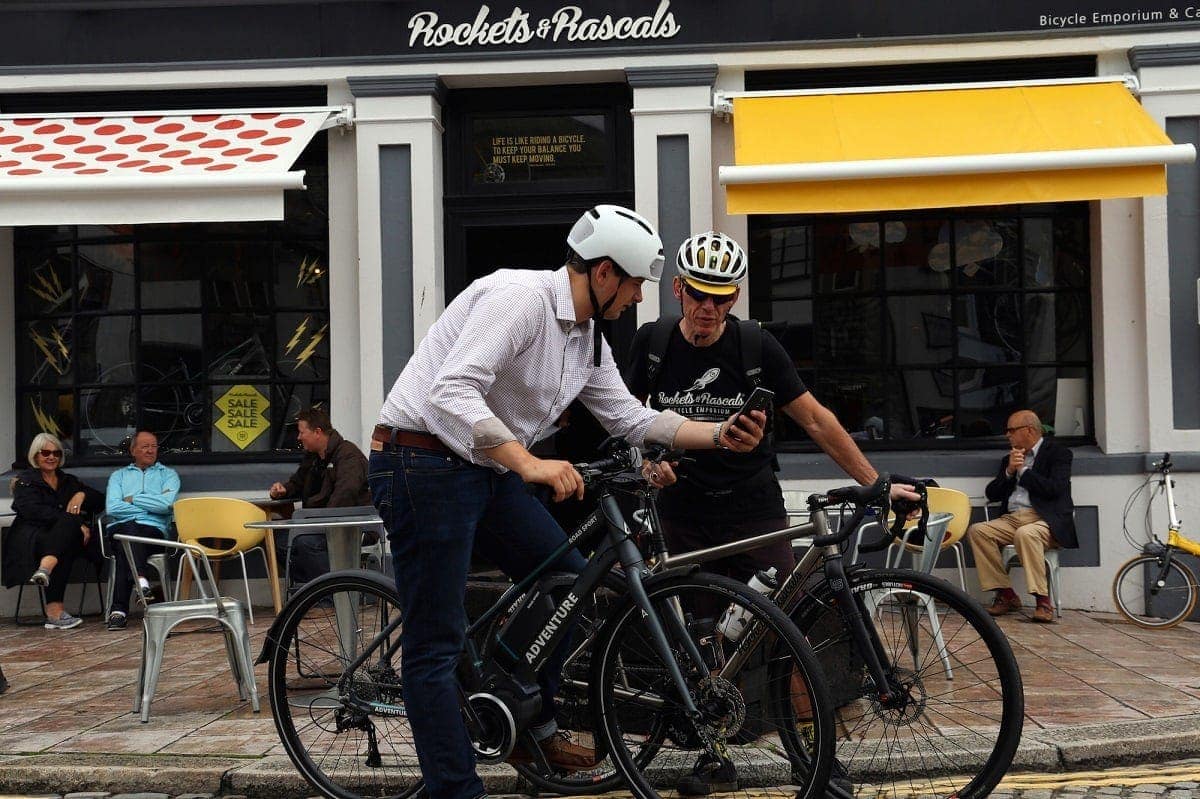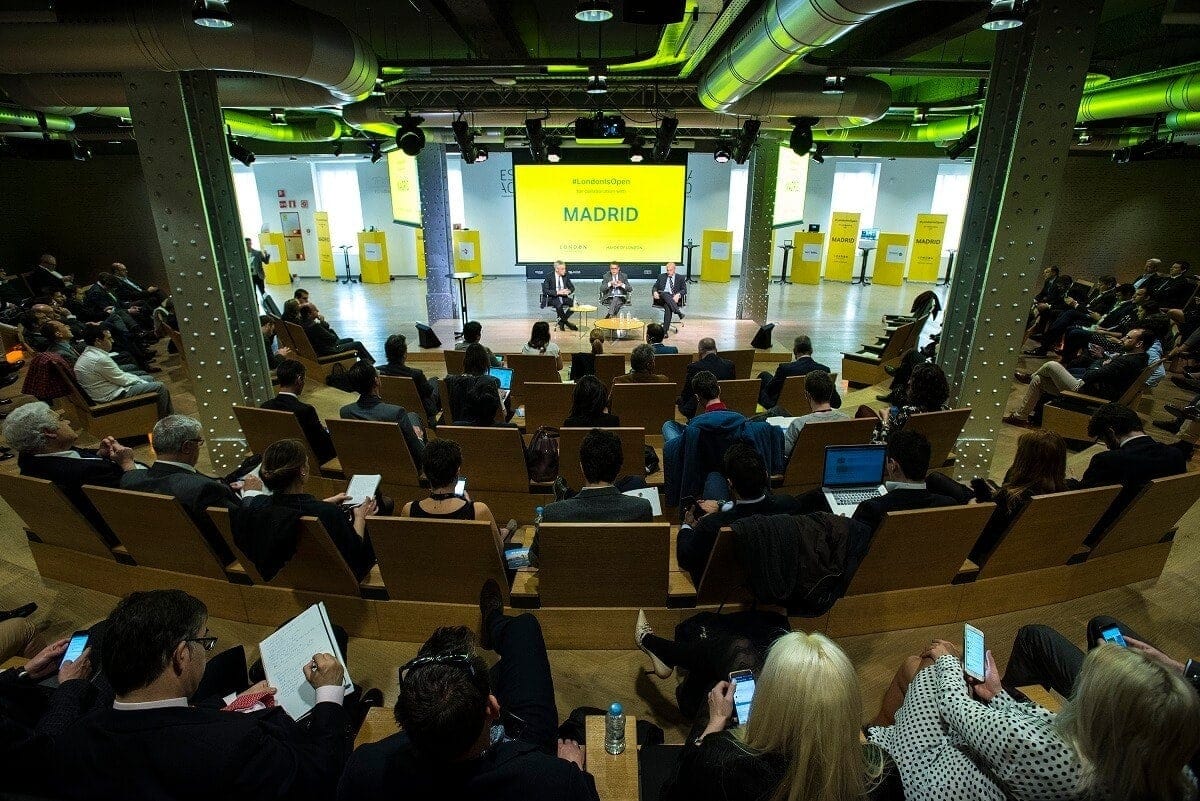
I have had the privilege of working in the applied urban innovation field for three years. This period has been one of the most fruitful and inspiring of my career to date. Cities, fueled by citizens’ push for more civic and sustainable places to live and work, are one of the most dynamic environments we can find nowadays. Participants at the recent 2017 edition of the Smart City Expo World Congress could acknowledge the excellent momentum of the global urban ecosystem and debate.
As a recent report from the World Economic Forum states, the private sector can provide a differential support to cities along their transformation journey. This contribution can go far beyond traditional financing schemes of isolated initiatives, which often have limited impact on the citizen. Companies can share with local governments their expertise in fields like organization, financing, procurement or innovation. For example, in Granada (Spain), Ferrovial Services and Cisco joined their complementary capabilities to develop a pioneering end to end data-driven waste collection system.
According to my experience, valuable contribution also works the other way around. Good practices from forward-thinking cities (small, medium or large – size is not the driver of cities’ intelligence) can inspire corporate strategy design and execution.
I can think of at least four practices from which we, companies, can learn from cities:
1. Stakeholder-centric purpose.
The most advanced cities focus on their citizens’ wellbeing. They formulate clear, ambitious and inspiring medium-term goals and action plans to which they publicly commit to. These goals aim to improve the city’s social, economic and sustainability performance through tangible levers such as circular economy, energy efficiency or mobility. Urban stakeholders engage emotionally with these aspirations and their achievement.
As way of example, London aims to be a zero-carbon city by 2050 and its Environmental Strategy will be announced in 2018 further to public consultation. In this context, Londoners’ Lab, a collaborative innovation program to improve London’s domestic recycling performance through citizen involvement, is one of the several public-private initiatives in place to support the city’s objective.
2. Effective integration of new technologies.
Forward-thinking cities read the opportunity of digitization as a key enabler of economic development, citizen engagement and social inclusion. They are putting into practice comprehensive roadmaps to deploy technological infrastructures backed by attractive financial and social cases. Urban Lab schemes are habilitated to select, test and scale the technologies and use cases with the highest impact in efficiency and citizen experience. Sidewalk Toronto (holistic approach) and Citizéntrica (focused scope) are examples of urban lab programs well embedded into city strategy.
This powerful approach, together with the huge social impact if it proves to be successful, motivates digital talent to join cities’ management teams. This completes a truly virtuous circle. For example, New York City’s Office of Data Analytics channels data-driven solutions, through specialized resources and tools, to address key city challenges such as public safety.
3. Partnership-based innovation.
Innovative cities know that transformation requires strategic collaboration with citizens, service providers, urban planners, digital solution developers, academia, innovation catalysts, startups and social organizations. These cities sponsor cutting-edge programs and foster global innovation ecosystems. They also demonstrate a great deal of humbleness and flexibility, key ingredients to make the most out of any partnership.
For example, Singapore is one of the world’s leading startup hubs, leveraging its supportive business environment, seed capital availability and developed technological infrastructure.
4. Openness to learn from peers.
Cities compete amongst each other at a regional, national or global scale to attract talent, investment and innovation. Smart local governments secure two strategic assets to compete effectively: 1) a differential positioning in accordance with their strengths and 2) internal know-how to plan, mobilize and manage the right resources.
Everything else can be learned or adopted from other cities and urban stakeholders. Forward-thinking cities don’t reinvent “non-core wheels”. They join city networks and fora to share insights and foster intelligent standardization. The UK Local Government Association (LGA) work on innovation in procurement illustrates well this mindset.
These practices show that many cities are reinventing themselves at a faster pace than several business sectors which face the same challenge: a disruptive future.
Businesses have to do things very differently if we want to meet new competitive requirements such as building emotional connections with our stakeholders or pioneering the coming digital business models. This new mindset and set of capabilities require the integration of more quality external perspectives into our strategic thinking. Cities’ holistic, pragmatic and socially-minded approach to transformation is a key input that companies should not miss.







There are no comments yet